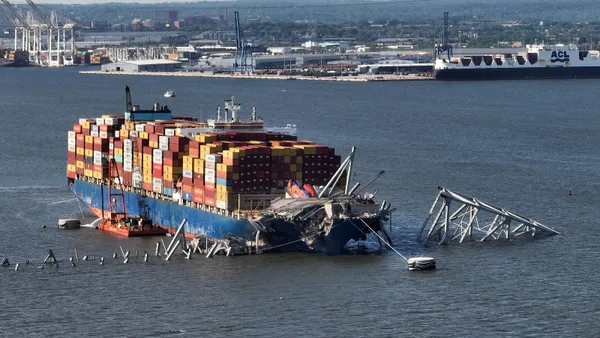Editor's Note: The following is a guest post from Jared Mondschein, a physical scientist at RAND Corporation.
Local communities are investing heavily in new sensor-laden technologies as they seek to become "smart cities." By connecting the physical infrastructure of their city to virtual infrastructure that enables the collection, integration and analysis of operational data, local leaders are hoping to improve environmental sustainability, enhance safety, lower costs and empower local residents.
Smart city initiatives, which are typically being deployed as trials, involve a wide array of projects to reach a wide array of defined goals, such as improving mobility, water management and local electricity delivery. But assessments of these initial efforts have been disappointing. From Toronto to Kansas City, smart city pilot projects are struggling to deliver robust solutions to local challenges.
Local smart city initiative leaders have told me and my colleagues that the technologies themselves aren’t the problem – indeed, the sensors and other tools being deployed are often well established with few issues. Rather, smart cities are struggling to navigate the disparate (and often competing) goals, values and needs of the various stakeholders.
When selecting vendors and products, local city officials engage closely with vendors to identify technology solutions that (hopefully) address local needs. Unfortunately, local residents usually aren’t at the table during these discussions, at times due to non-disclosure agreements with vendors or just an ill-designed strategy. As a result, deployed technologies are often not tailored appropriately for the stakeholders that ultimately matter most – the users.
Take open data portals as an example. As Los Angeles Mayor Eric Garcetti describes them, open data portals are used "to increase transparency, accountability and customer service and to empower companies, individuals and non-profit organizations with the ability to harness a vast array of useful information to improve life in our city." But we've uncovered that design flaws may be preventing users from easily accessing and analyzing the data to create community-oriented solutions.
While this research specifically examined Los Angeles’s open data portal, we found that the open data portals deployed by other major cities also suffer from similar design flaws. Not surprisingly, city leaders that manage these portals have told us they’re surprised at how few local use cases have been identified for their open data portals. A failure to take into account the user experience may be the root cause.
Engaging local residents is challenging, particularly at early stages in smart city projects when business-sensitive details are being discussed. Some cities have tried – Waterfront Toronto collected public sentiment via town halls and Columbus, OH deployed an experience center in its downtown area to allow residents to interact with the incoming or deployed technologies. But these engagements could be pushed earlier in the project design process.
By involving local users in the initial product selection and even product demonstrations prior to launch, barriers limiting residents’ use (and therefore approval) of smart city initiatives could be removed.










